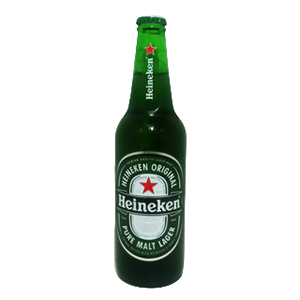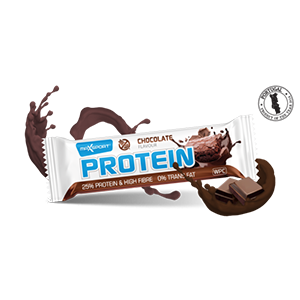Ιδιότητες και κλινικές μελέτες
Ως βασική ουσία της εχινάτσια θεωρείται η εχινακίνη, ένα γλυκοσίδιο που ενισχύει τη λειτουργία του ανοσοποιητικού συστήματος βοηθώντας στη μείωση των συμπτωμάτων της γρίπης και του κρυολογήματος.
Παραδοσιακά η εχιντάτσια χρησιµοποιείται για την αντιμετώπιση των “καλόγερων” (δοθιήνες), των αποστημάτων και του ψευδάνθρακα (ερεθισμένοι θύλακες τριχών). Επίσης σε ρινοφαρυγγικές καταρροές, πυόρροια, αµυγδαλίτιδα, εξανθήµατα μύτης και αποστήµατα.
πηγή: https://www.healthyliving.gr/2016/10/03/echinacea-exinatsia-exinakia-idiothtes-paranergeies/
Overview Information
Echinacea is an herb that is native to areas east of the Rocky Mountains in the United States. It is also grown in western States, as well as in Canada and Europe. Several species of the echinacea plant are used to make medicine from its leaves, flower, and root. Echinacea was used in traditional herbal remedies by the Great Plains Indian tribes. Later, settlers followed the Indians’ example and began using echinacea for medicinal purposes as well. For a time, echinacea enjoyed official status as a result of being listed in the US National Formulary from 1916-1950. However, use of echinacea fell out of favor in the United States with the discovery of antibiotics. But now, people are becoming interested in echinacea again because some antibiotics don’t work as well as they used to against certain bacteria.
Echinacea is most commonly used for the common cold and other infections.
Commercially available echinacea products come in many forms including tablets, juice, and tea.
There are concerns about the quality of some echinacea products on the market. Echinacea products are frequently mislabeled, and some may not even contain echinacea, despite label claims. Don’t be fooled by the term “standardized.” It doesn’t necessarily indicate accurate labeling. Also, some echinacea products have been contaminated with selenium, arsenic, and lead.
source: https://www.webmd.com/vitamins/ai/ingredientmono-981/echinacea





